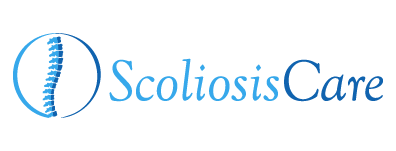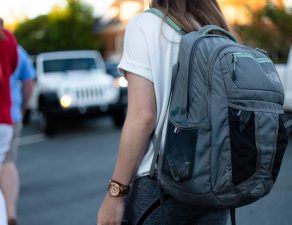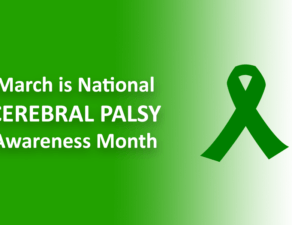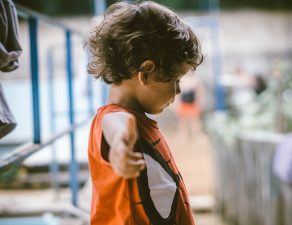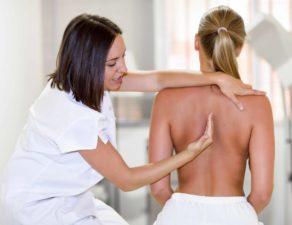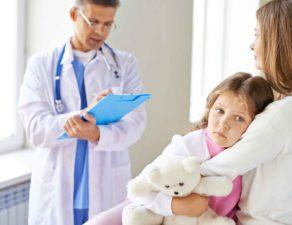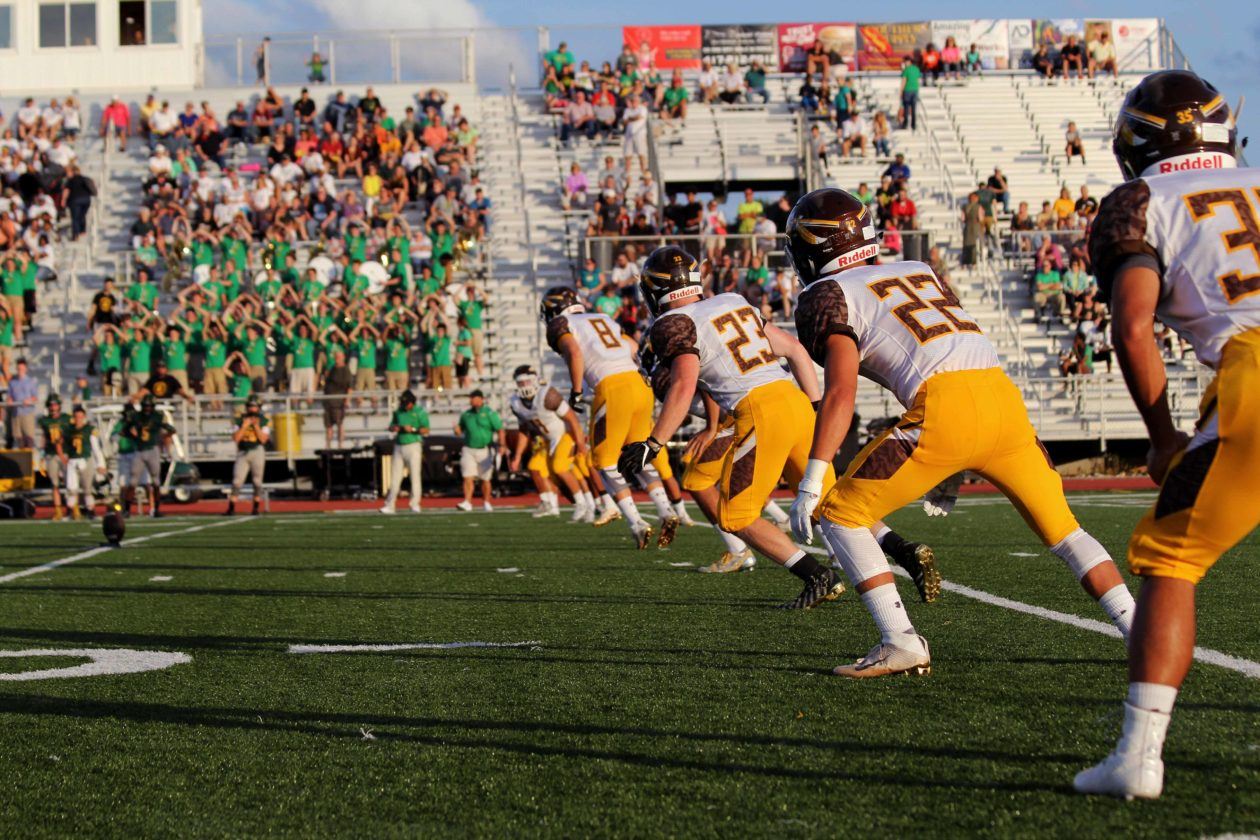
TAMPA, Fla. – With school sports beginning, doctors from the Children’s Scoliosis Center in Tampa are advising parents and coaches to understand the health risks associated with certain activities, and the best practices for preventing back injuries.
The act of playing sports is not the major concern for experts in the field, but rather the hours of repetitive practice often required. The vigorous training that is involved when playing competitive sports is what doctors say can be harmful, and should be closely monitored.
Activities like squatting, lifting weights over the head, hard landings, long-distance running, ballet, gymnastics, yoga, figure skating, tennis and skiing often involve compressing the spine, hyper extending the back and unevenly working the spine. These repetitive motions can lead to back pain in children, young adults and even into adulthood.
“The repetitive motion involved with playing and practicing sports can be harmful to children who are still growing, especially activities that involve compression of the spine and hyper extending the back,” said Dr. David Siambanes, director of the Children’s Scoliosis Center at St. Joseph’s Children’s Hospital in Tampa. “Parents with children who play competitive sports should speak with coaches about precautions that are in place to keep their children safe. Children should take breaks periodically, spend less hours playing sports in a week than their age and not play when they have an injury.”
According to Siambanes, parents should also check their children for early signs of scoliosis. Scoliosis can first appear in young children or even infants, but most often it shows up during adolescent growth stages. Common signs of scoliosis are uneven shoulders or different shoulder blade heights, as well as the head being slightly off-center from the pelvis.
“The most important thing parents can do is make sure that their child is seen regularly by their family pediatrician for checkups,” said Siambanes. “Scoliosis is very treatable when caught in the early stages.”
According to the National Scoliosis Foundation, scoliosis affects up to three percent of the U.S. population, rounding out at approximately seven million people nationwide.
